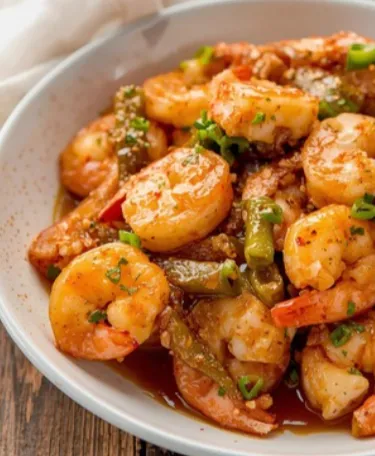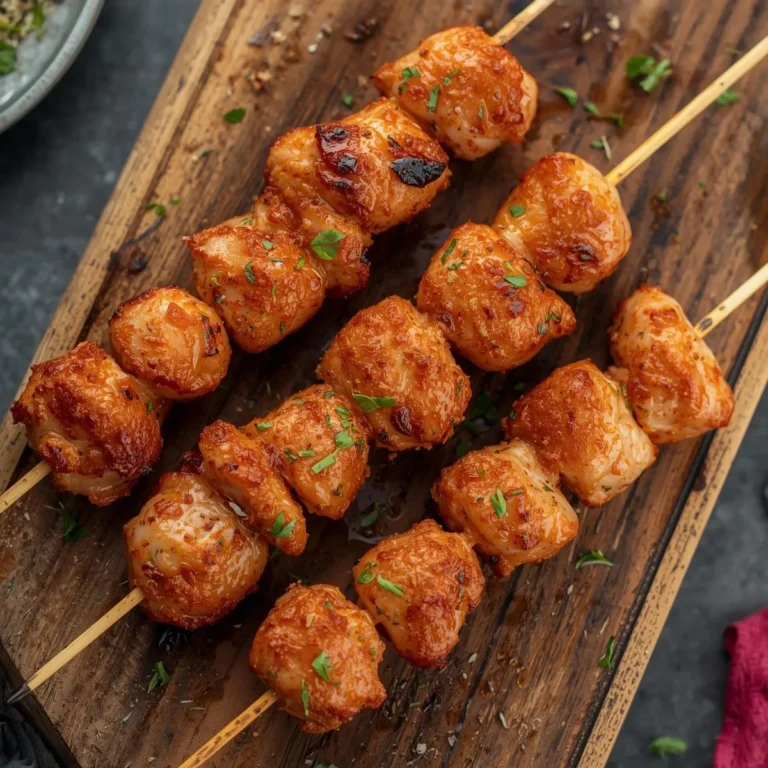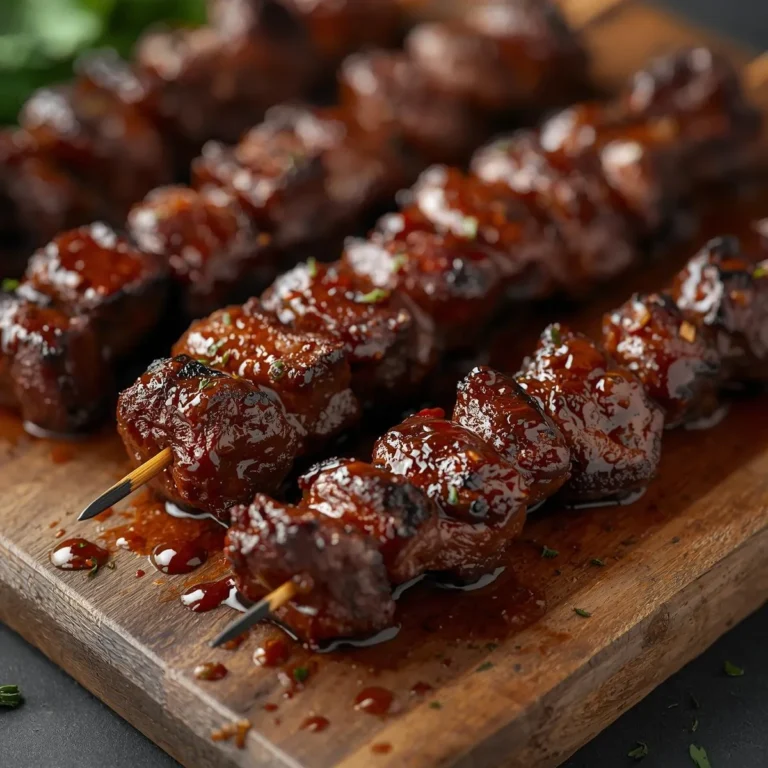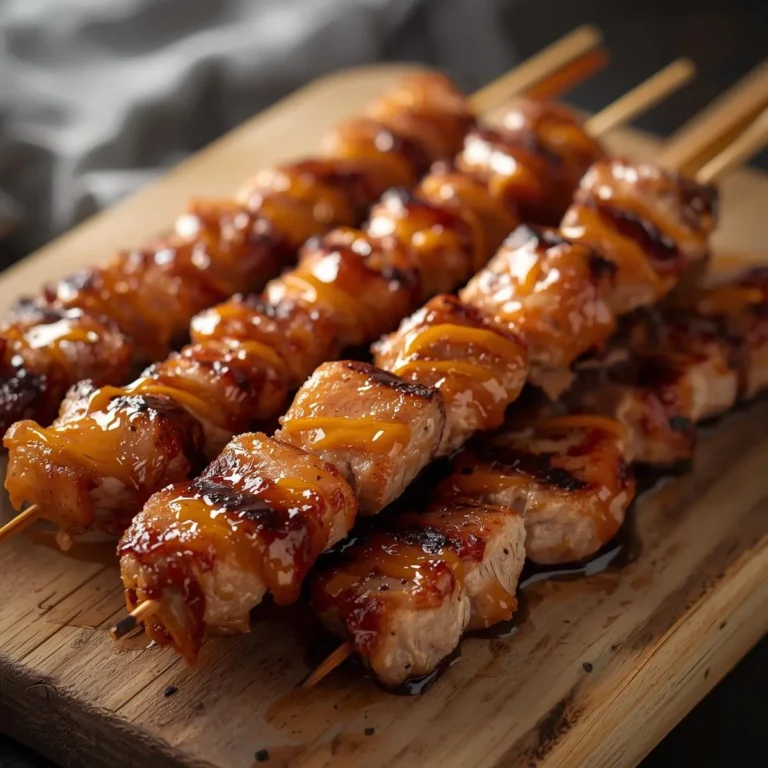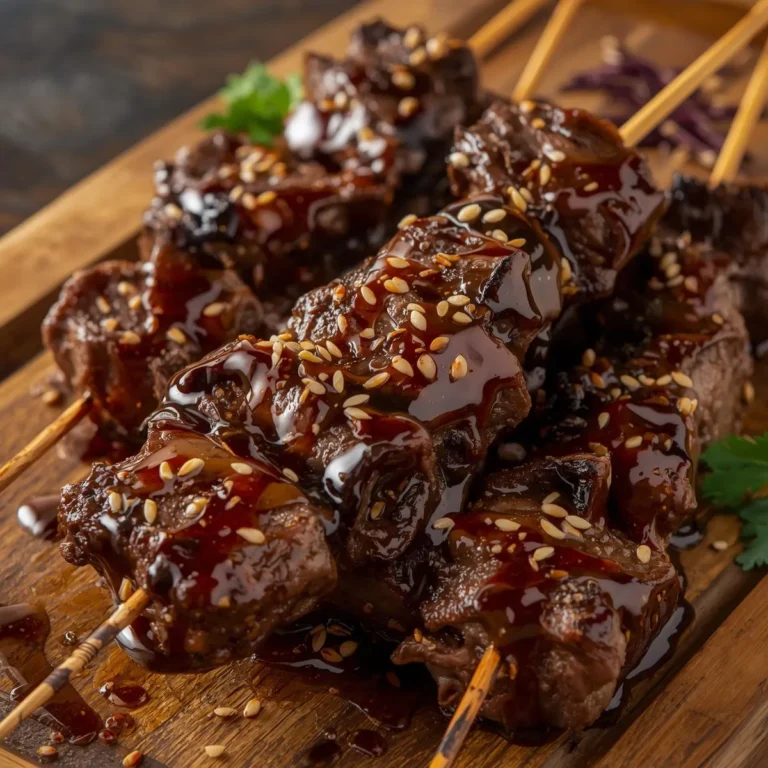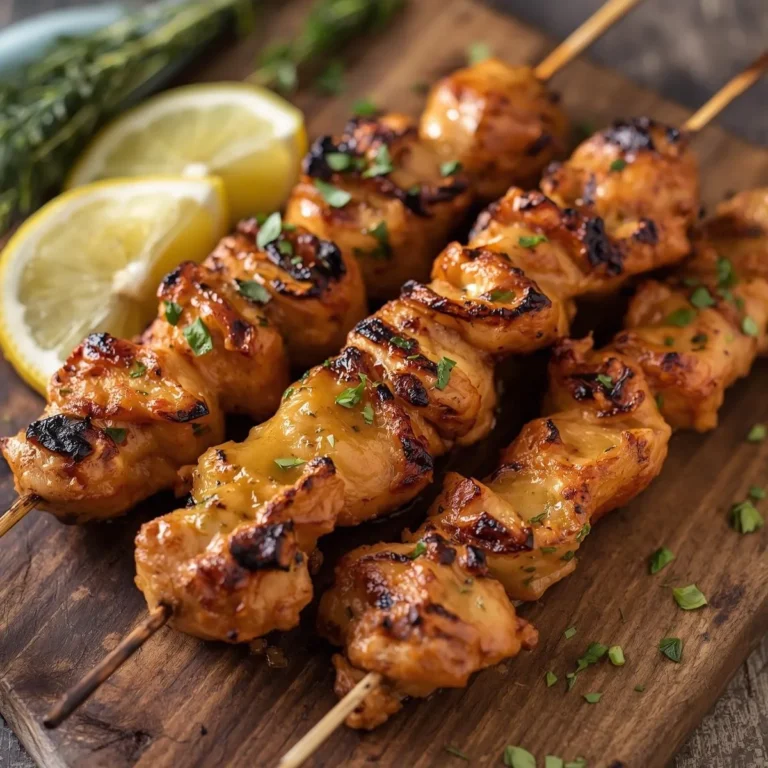When it comes to quick weeknight dinners that don’t compromise on flavor or nutrition, few recipes rival the versatility and appeal of shrimp stir-fry. This dish, celebrated in kitchens worldwide, combines tender, juicy shrimp with crisp vegetables and savory sauces, all cooked in minutes over high heat. Whether you’re new to stir-frying or a seasoned home cook, mastering shrimp stir-fry will give you a go-to recipe for busy nights, special occasions, and healthy eating alike.
In this comprehensive guide, we’ll dive into everything you need to know about shrimp stir-fry—from choosing the best shrimp to selecting vegetables, sauces, seasonings, and cooking techniques. We’ll also cover variations inspired by Asian cuisines, meal prep strategies, and health benefits, plus step-by-step instructions and pro tips. By the end, you’ll be fully equipped to whip up a flavorful shrimp stir-fry that suits your taste buds and lifestyle.
Why Shrimp Stir-Fry?
Shrimp stir-fry isn’t just delicious—it’s one of the most practical meals you can add to your weekly menu. Here’s why:
- Quick Cooking Time – Shrimp cook in just 3–5 minutes, making them one of the fastest proteins for weeknight dinners.
- Healthy and Low in Calories – Shrimp are high in protein, low in fat, and rich in nutrients like selenium, iodine, and vitamin B12.
- Endless Variations – You can mix and match vegetables, sauces, and spices to create dozens of flavor profiles.
- Perfect for Meal Prep – Stir-fries reheat well and are ideal for lunch boxes.
- Customizable – Whether you’re keto, paleo, gluten-free, or plant-forward, there’s a shrimp stir-fry recipe that can fit your diet.
Choosing the Best Shrimp for Stir-Fry
Not all shrimp are created equal. When buying shrimp for stir-fry, here are the main factors to consider:
- Size Matters: Medium to large shrimp (21–30 per pound) are ideal—they cook quickly but still retain a juicy, meaty bite.
- Fresh vs. Frozen: Unless you live near the coast, frozen shrimp are usually fresher because they’re flash-frozen right after harvest.
- Peeled and Deveined: To save time, choose shrimp that are already peeled and deveined. If you prefer the shells on for added flavor, that works too.
- Wild-Caught vs. Farmed: Wild-caught shrimp generally have superior flavor and a firmer texture, though responsibly farmed shrimp are also a great option.
Vegetables That Work Best in Shrimp Stir-Fry
The beauty of shrimp stir-fry is that you can toss in nearly any vegetable you have on hand. Popular options include:
- Bell Peppers (red, yellow, green) – Sweetness and crunch.
- Broccoli – Adds texture and soaks up sauce beautifully.
- Snow Peas or Sugar Snap Peas – Crisp and refreshing.
- Carrots – Bright color and natural sweetness.
- Zucchini – Mild and quick-cooking.
- Baby Corn – Classic in many Asian-inspired stir-fries.
- Mushrooms – Earthy umami flavor.
- Bok Choy – Delicate leafy greens with a crisp base.
The trick is to balance colors, textures, and cooking times. Slice everything evenly so it cooks uniformly in the wok or skillet.
The Secret to Stir-Fry Sauces
A great shrimp stir-fry lives or dies by its sauce. Here are some classic sauce bases you can mix and match:
- Soy-Garlic Sauce – Soy sauce, garlic, ginger, sesame oil, cornstarch slurry.
- Sweet and Spicy Sauce – Honey (or brown sugar), soy sauce, chili paste, lime juice.
- Teriyaki Sauce – Soy sauce, mirin (or rice vinegar + sugar), garlic, ginger.
- Garlic Butter Sauce – Melted butter, garlic, lemon juice, parsley.
- Thai-Inspired Peanut Sauce – Peanut butter, soy sauce, lime juice, ginger, sriracha.
Pro Tip: Use cornstarch slurry (1 tsp cornstarch + 2 tbsp water) to thicken your stir-fry sauce, giving it that glossy, restaurant-style finish.
Step-by-Step Recipe: Classic Shrimp Stir-Fry
Ingredients:
- 1 lb shrimp, peeled and deveined
- 2 tbsp vegetable oil (or sesame oil)
- 1 red bell pepper, sliced
- 1 cup broccoli florets
- 1 medium carrot, julienned
- 1 small zucchini, sliced
- 2 cloves garlic, minced
- 1 tbsp fresh ginger, minced
- 3 tbsp soy sauce
- 2 tbsp oyster sauce (optional)
- 1 tsp sesame oil
- 1 tsp cornstarch mixed with 2 tbsp water
- Cooked rice or noodles (for serving)
Instructions:
- Heat oil in a wok or large skillet over high heat.
- Add shrimp and cook for 2–3 minutes until pink. Remove and set aside.
- Add vegetables to the wok and stir-fry for 3–4 minutes.
- Stir in garlic and ginger. Cook until fragrant (about 30 seconds).
- Return shrimp to the wok.
- Add soy sauce, oyster sauce, sesame oil, and cornstarch slurry. Stir until sauce thickens and everything is coated.
- Serve immediately over rice or noodles.
variations of Shrimp Stir-Fry
- Shrimp and Broccoli Stir-Fry – Classic, light, and healthy.
- Spicy Garlic Shrimp Stir-Fry – Add red pepper flakes or chili paste for heat.
- Shrimp and Pineapple Stir-Fry – Sweet and tangy tropical flavor.
- Shrimp and Noodle Stir-Fry – Toss in soba noodles, rice noodles, or lo mein.
- Keto Shrimp Stir-Fry – Swap rice for cauliflower rice and skip the sugar.
Tips for the Perfect Shrimp Stir-Fry
- Preheat the Pan: A hot wok ensures vegetables stay crisp and shrimp sear properly.
- Don’t Overcrowd: Cook shrimp in batches if necessary to avoid steaming.
- Cook Shrimp Separately: Prevents overcooking and rubbery texture.
- Use Aromatics: Garlic, ginger, scallions, and chili add depth of flavor.
- Balance Flavors: Combine salty (soy sauce), sweet (honey), sour (lime), and spicy (chili) for a well-rounded dish.
Health Benefits of Shrimp Stir-Fry
- High Protein, Low Calorie: Shrimp packs 20g protein per 100g with under 100 calories.
- Rich in Omega-3s: Good for heart and brain health.
- Vegetable Nutrients: Provides fiber, vitamins A, C, K, and minerals.
- Gluten-Free Friendly: Use tamari instead of soy sauce.
- Low-Carb Options: Easy to adapt for keto or paleo diets.
Meal Prep and Storage
Shrimp stir-fry is meal-prep friendly. Store in an airtight container in the fridge for up to 3 days. Reheat in a skillet for best texture. Avoid microwaving too long, as shrimp can become rubbery.
Conclusion
Shrimp stir-fry is more than just a quick dinner—it’s a versatile, healthy, and flavorful dish that belongs in every home cook’s repertoire. Whether you stick with the classic soy-garlic combo, experiment with bold Thai flavors, or pair shrimp with your favorite vegetables, this dish adapts to any taste and dietary need.
